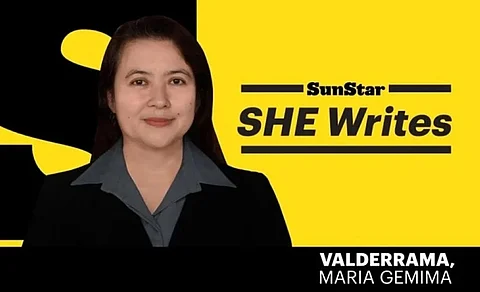

WHAT’S with the Mother Tongue-Based Multilingual Education (MTB-MLE)? And why has it drawn attention for some time?
The MTB-MLE, as stipulated in DepEd Order No. 16, s. 2012 but was institutionalized in 2009, is implemented in all public schools, specifically in Kindergarten, Grades 1 to 3 as part of the K to 12 Basic Education Program.
It becomes one subject and, at the same time, the mode of instruction for all other subjects except Filipino and English. This means learners from kindergarten to Grade 3 are required to receive instruction, teaching materials, and assessments in their respective regional or native languages.
While the intentions of the implementation of MTB-MLE are very significant since it would greatly influence language, cognitive, and academic development and sociocultural awareness, it has become difficult for some students and teachers, and even parents who had to teach their children during the pandemic.
In his first State of the Nation Address, President Ferdinand Marcos Jr. mentioned reexamining the medium of instruction in schools to maintain the advantage of Filipinos as an “English-speaking people”.
Because of the pronouncement, Senator Sherwin Ting Gatchalian, as the chair of the Committee on Basic Education, will roam around the country to get first-hand information on the effectiveness of MTB-MLE.
The senator first held a consultative meeting with teachers and school leaders in Pangasinan then he went to Davao City on September 9, particularly to Marahan West Elementary School in Marilog District where children are mostly coming from the Matigsalug tribe.
He observed classes using the mother tongue and conversed with teachers.
Good thing that Sen. Gatchalian was so warm that teachers were able to express themselves. He initiated the questioning.
He shared that in Pangasinan most teachers suggested having MTB-MLE as a separate or one subject but the medium of instruction for Science, Math, and even MAPEH (Music, Arts, Physical Education, and Health) will be in English.
The teachers and school leaders who were around in Marilog also supported the same idea as they have seen some difficulties on the ground. They expressed it is up to the teachers to contextualize in case learners will have a hard time.
For example, there is a problem in the transition stage because English becomes the mode of instruction for Math and Science starting in Grade 4. Learners find it hard to shift to English and they could no longer understand some terminologies.
They have also shared that conversational Bisaya in Davao is different from the Sinugbuanong Bisaya found in the modules and textbooks. The terminologies become foreign to both learners and teachers, and even parents.
They shared that Davao has no orthography yet. The conversational Bisaya in Davao is a combination of English, Tagalog, and Bisaya. This is what we practice. Davao is the melting pot of the country’s different languages.
For example, here we say, “Naa ta assignment ugma”. This is understood easily than by saying “Naa ta buluhaton ugma.”
Or we simply say, “Tapos ka na magstudy?” rather than “Tapos ka na magtuon?”. Or we say, “Nice ang place, bay!” rather than “Nindot ang lugar, bay!”
We can hear the youth say, “Kaiba mo lagi” or “Ka-nice masyado nito bah” or “Ano gani ginasabi mo”
We only say yellow not “dalag”, orange not “kahil”, oblong not “tulotaas”, or triangle not “gitlo or sinug-ang”.
We understand each other because this is how we converse. Language is simply dynamic. It is always changing, evolving, and adapting to the needs of people.
So, what matters here?
People will not forget the dialects of their ancestors and the culture that is embedded within them. People will continue to use language as a powerful tool to understand and respect each other.
Is MTB-MLE effective? Sen. Gatchalian and his team may have the answers after they have roamed around the country and talked to practitioners.